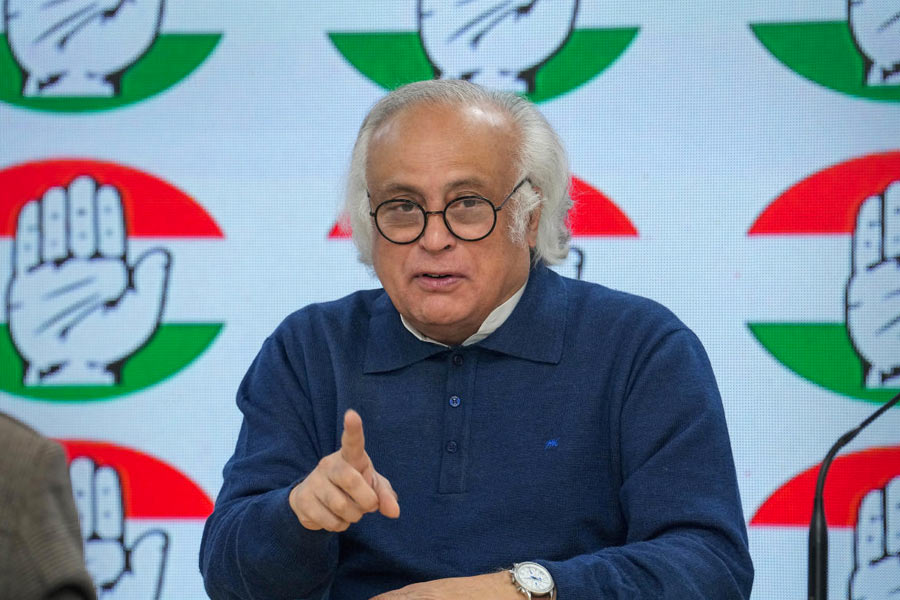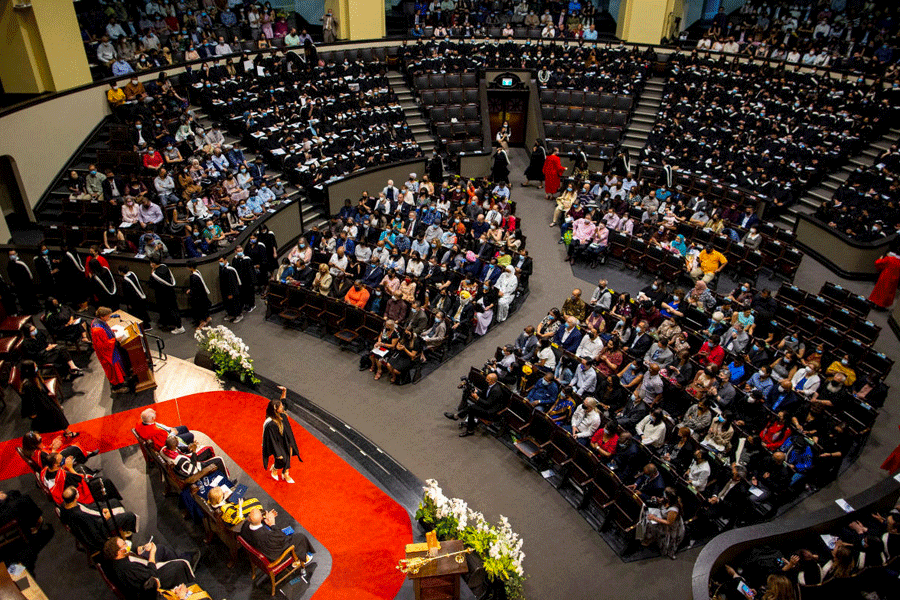 |
Notion of a nation
Independent India
Born at the stroke of the midnight hour — as former Prime Minister Jawaharlal Nehru so memorably put it — on August 15, 1947, India turns 60 in 2007. Some say she’s aged gracefully, and, with each passing day, is attracting more wooers who throng in hordes to soak in her bounties. Others believe she’s a total mess — eaten by insurgency and unrest from all sides and cracking up with tension in the centre. But the fact remains that she lives, and goes about fending for herself in this dog-eat-dog world just fine.
 |
Hallmark
Drive-in theatre
It is now almost 60 years since drive-in-theatres took off in the West, especially in the United States. It was a novel move — people could actually watch movies from the comfort of their cars. The drive-in’s peak popularity came in the late 1950s and early 1960s, particularly in rural areas, with some 4,000 drive-ins spreading across the US. Among its advantages was the fact that a family with a baby could take care of their child while watching a movie, while teenagers with access to autos found drive-ins ideal for dates. Drive-in theatres didn’t work in India, but the trend of making film watching a comfortable experience thrives. Multiplexes are booming in India. And, in some halls and for some consideration, you can even eat your pasta (al dente), spread out on a reclining sofa, covered in a soft blanket. And you can always watch the film.
Over seas to overseas
The Kon-Tiki expedition
Thor Heyerdahl set out on a raft from Peru to Polynesia to prove the theory of human migration. Sixty years on, the migration continues, especially from India. For the Indian diaspora — spread out, settled and successful — it is a continuous story of digging out roots and replanting them. And that is no mean feat for a people whose first generation crossed the seas as coolies and indentured labour. Today, Indians living abroad are at the very head of governments, business, academics and culture. And, as the queues for visas in front of embassies and high commissions indicate, the journey to cross the seas continues. If you have the will to travel — as the Norwegian explorer demonstrated when he left Peru on the afternoon of April 28, 1947 — borders are no barriers.
 |
Bengal oomph
Rakhee
Old timers will remember that there was an age when Bengali tigresses ruled Bollywood. There was Sharmila Tagore, and then there was Jaya Bhaduri. And, of course, there was Rakhee Gulzar. Rakhee may officially be turning 60 in August 2007, but what’s clear is that Bengali tigresses still roar in Mumbai. Rani Mukherjee is on top of the class, and Bips Basu has carved quite a significant niche for herself in Bollywood. Koena Mitra is a known name, and the Sen sisters are doing pretty well for themselves. And let’s not forget the Bengali half of Kajol, who has made quite a comeback. Bollywood, clearly, continues to outsource its beauties from Bengal.
 |
Twangy tunes
K.L. Saigal
Kundalal Saigal died in 1947, but the legacy that he left behind shows no signs of waning. The typewriter salesman patented a style of nasal singing that continues to flourish 60 years after his death in Jalandhar, much to the dismay of at least some music lovers. For while purists would baulk at the comparison, it has to be said that Himesh Reshammiya — he who sang Aashiq Banaya Aapne and has ever since been laughing all the way to the bank — loves doing incredible things with his vocal chords and nose. Saigal had women swooning when they heard his voice, and Reshammiya seems to be weaving a similar magic with Generation Next. There are some people with a nose for music — let’s give it to them.
Birth pangs
Partition
A million people died and two countries — born of the same mother — became sworn enemies. It is going to be 60 years since Lord Mountbatten rewrote the history of the Indian subcontinent by creating a separate state of Pakistan. Several wars later, the two neighbours continue to make headlines on Kashmir, nuclear standoffs and cross-border terrorism. And the Partition is still an open wound. Books have been written on the severing and birth of a nation, poetry has been penned and cinema made — but the memory of death and displacement continues to haunt. The ghosts from the past refuse to be laid to rest.
 |
Arms and the man
AK-47
The first thing it did upon being born was take a life. And in the 60 years of its existence, the Avtomat Kalashnikova — or, your friendly neighbourhood AK-47 — has killed more people than perhaps all of the world’s most dreaded dictators put together ever did. Its designer, Russian Mikhail Kalashnikov, a tank commander in the Red Army, designed it while recuperating from war injuries in a hospital bed. And over six decades, the automatic assault rifle went on to become the cynosure of all eyes trained to look through the crosshairs. The baddies got the better of it in due course of time. And now, with terrorism hogging headlines the world over, it seems unlikely that the gun is going to call it a day at work anytime in the near future. Sixty, sure, but it’s still going great guns.
 |
Midnight’s favourite
Salman Rushdie
He was born on June 19, 1947, and his protagonist, Saleem ‘snotnose’ Sinai, exactly 56 days later, in sync with India, which had rid herself of foreign yoke and was looking forward to an eventful journey ahead. And while Sinai’s fate was seen to be incontrovertibly linked to the fate of nascent India, the popularity of Midnight’s Children, which Rushdie wrote in 1981, opened the floodgates for Indians writing in English and paved the way for them attaining international recognition. A quarter of a century after Rushdie scripted his epic tale, Indian authors continue to pocket those fat advances paid out by publishing houses worldwide, set new standards in the literary world and continue to win a Booker or two. Meanwhile, Rushdie himself still happens to be ruling the roost with a gorgeous wife, young whats-her-name, for company. For some people, today’s 60 is yesterday’s 40. Just ask Rushdie.
Frank and frantic
Diary of Anne Frank
It was in 1947 that The Diary of Anne Frank first moved readers all around the world. A victim of ethnic cleansing, Anne Frank started writing her diary on her 13th birthday, charting her life from 1942 to 1944 when her family was hiding in Amsterdam from Nazi Germany. Anne Frank told her tale, but was captured when she was 15 and died of typhus in a concentration camp. Sixty years later, what is clear is that the fight continues, though the protagonists have changed. The Jewish angst is far from over, and Israel’s war with Palestine is still a story that’s all about mindless violence and gory death.
 |
New Left
Brinda Karat
Remember when the image of a Marxist was that of a doddering old man with an unkempt beard? Brinda Karat, the first woman politburo member of the Communist Party of India (Marxist), has shown the world that it doesn’t have to be so. The Rajya Sabha member from West Bengal — who turns 60 in October — is a symbol of the changing face of the Marxist. The old guard is nearly all gone, and a new, relatively younger lot has taken over. Prakash Karat is the general secretary of the CPM, Sitaram Yechury its public face and Buddhadeb Bhattacharjee another word for reform. Lal Salaam is now a trendy shade of pink.










